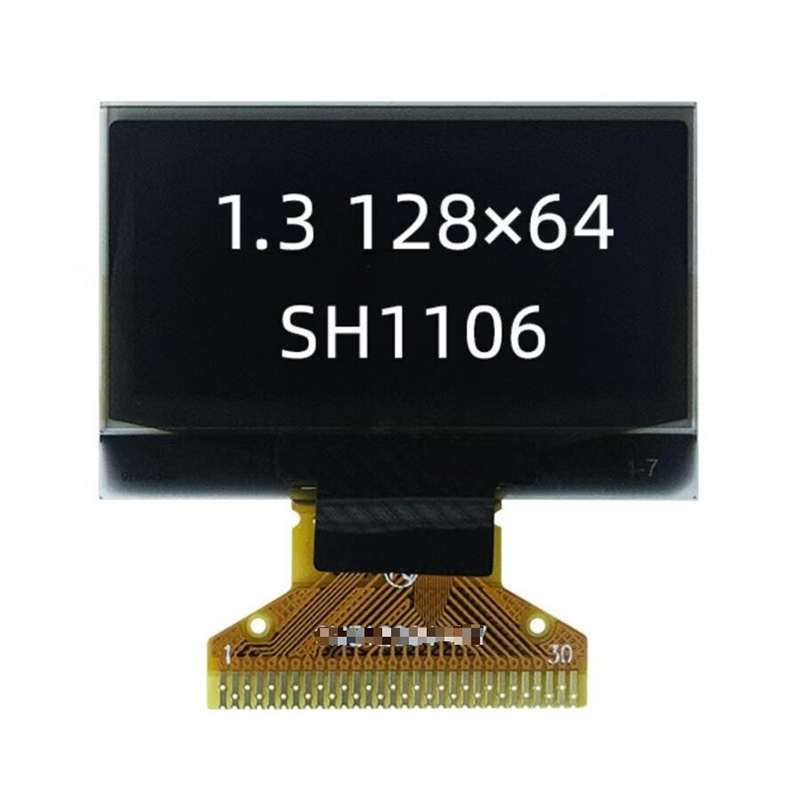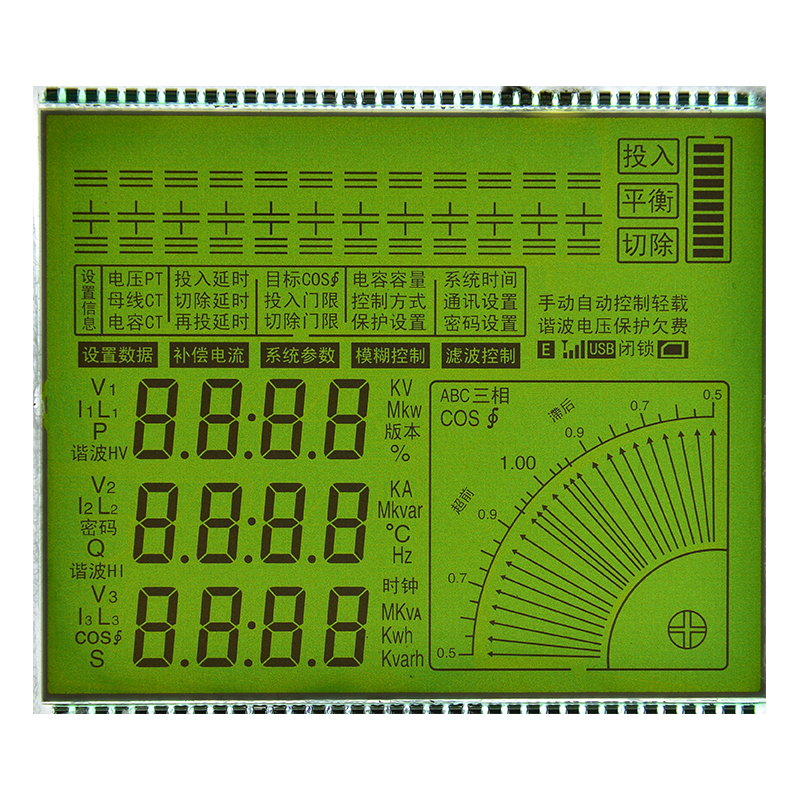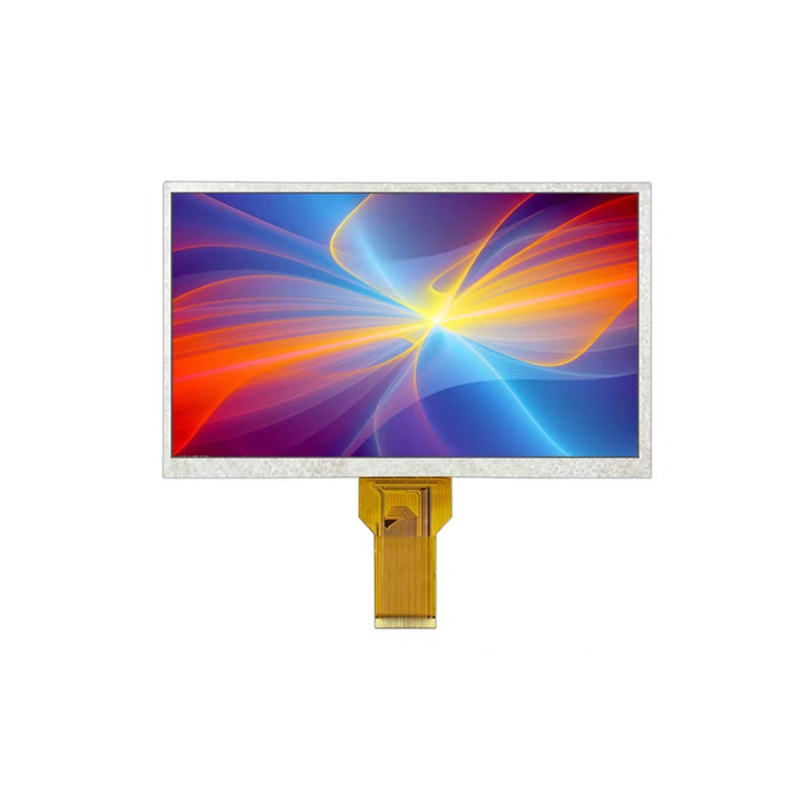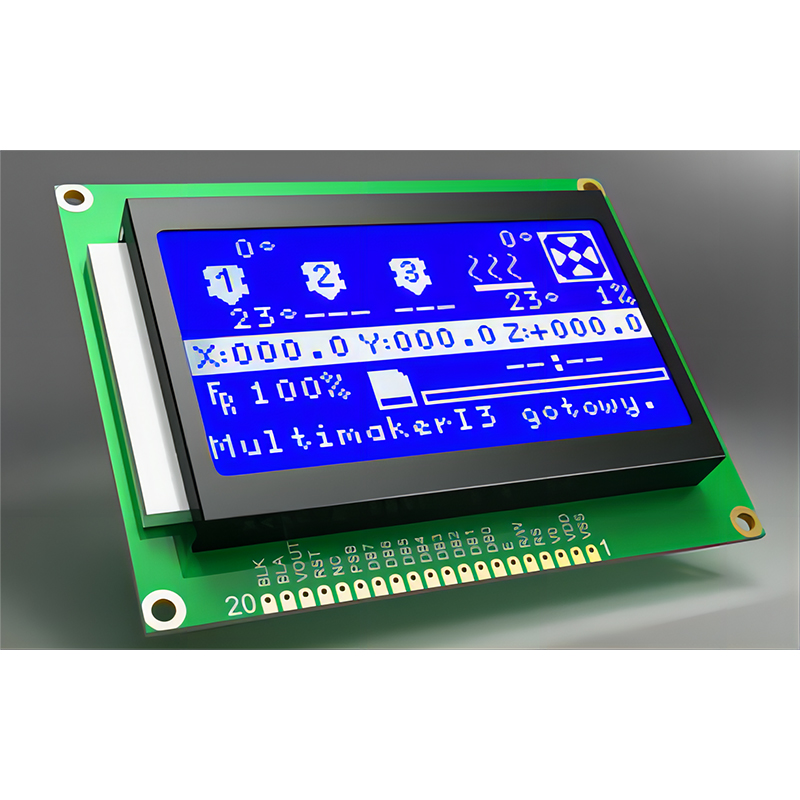Transparent TFT Display: A Comprehensive GuideTransparent TFT displays are revolutionizing various industries, offering unique design possibilities and enhanced user experiences. This guide explores the technology, applications, advantages, disadvantages, and future trends of transparent TFT displays. We will delve into the technical specifications, explore different types available in the market, and examine their suitability for diverse applications.
Understanding Transparent TFT Display Technology
What is a Transparent TFT Display?
A
transparent TFT display (Thin-Film Transistor display) is a type of liquid crystal display (LCD) that allows light to pass through it, making the screen partially or fully transparent. Unlike traditional LCDs which are opaque, these displays achieve transparency through the use of specialized materials and manufacturing processes. The level of transparency can vary depending on the specific design and application. Key components include a transparent substrate (often glass), thin-film transistors for pixel control, and a liquid crystal layer. The TFT backplane controls the individual pixels, allowing for the display of images and videos. The transparency allows the display to overlay onto other elements or surfaces, creating innovative and visually striking applications.
Types of Transparent TFT Displays
Several types of
transparent TFT displays exist, each with different characteristics and applications. These include: Amorphous Silicon (a-Si) TFTs: These are a cost-effective option but offer lower transparency and resolution compared to other types. Polycrystalline Silicon (poly-Si) TFTs: These provide higher transparency, resolution, and faster response times than a-Si TFTs, making them suitable for more demanding applications. Oxide TFTs: These are emerging as a promising technology due to their superior transparency and mobility, potentially leading to higher resolution and improved performance.
Technical Specifications to Consider
When choosing a
transparent TFT display, several key specifications need consideration: Transparency: Measured as a percentage of light transmittance, higher transparency implies better visibility through the display. Resolution: This determines the image sharpness and detail. Higher resolution translates to clearer images. Contrast Ratio: The difference in brightness between the darkest and lightest parts of the display. A higher contrast ratio leads to richer, more vibrant images. Response Time: The time it takes for the display to switch between different states. Faster response times reduce motion blur. Viewing Angle: The range of angles from which the display can be viewed clearly. Wider viewing angles improve the viewing experience.
Applications of Transparent TFT Displays
Transparent TFT displays find use across a vast array of industries:
Retail and Commercial Displays
Interactive shop windows displaying product information, interactive menus in restaurants, or digital signage seamlessly integrated into building facades. Imagine a storefront window dynamically displaying changing advertisements or product details, enhancing the shopping experience.
Automotive Industry
Head-up displays (HUDs) projecting information onto the windshield, transparent controls integrated into dashboards, or even fully transparent screens for rear-view mirrors. The automotive industry is rapidly adopting
transparent TFT displays to enhance safety and driver experience.
Architectural and Design Applications
Transparent screens integrated into windows, creating interactive building facades or displaying artistic visualizations. Imagine building windows that seamlessly transition from transparent to displaying artwork or important announcements.
Medical Applications
Displays integrated into medical equipment, providing real-time data overlays on surgical fields or patient information displayed in a less obtrusive manner. The non-invasive nature of
transparent TFT displays makes them especially attractive for medical applications.
Aerospace and Defense
Displays incorporated into aircraft cockpits to overlay critical flight information or integrated into augmented reality systems. The rugged nature and reliability of some
transparent TFT displays make them suitable for the demanding conditions in aerospace and defense applications.
Advantages and Disadvantages
| Feature | Advantages | Disadvantages ||-----------------|--------------------------------------------------------------------------------------|---------------------------------------------------------------------------------|| Transparency | Enhanced aesthetics, allows for integration with other elements, immersive experiences | Lower resolution compared to opaque displays, may be more expensive || Design Flexibility | Seamless integration into various applications, customized designs possible | Requires specific manufacturing processes, more complex integration || User Experience | Improved user interaction, provides more intuitive interfaces | Limited viewing angles in some cases, may suffer from light leakage or reflections |
Future Trends in Transparent TFT Display Technology
Ongoing research and development focus on improving the transparency, resolution, and cost-effectiveness of
transparent TFT displays. Advancements in materials science and manufacturing processes are expected to lead to even more versatile and efficient displays. Flexible and foldable transparent displays are also an area of active exploration.
For more information on high-quality transparent TFT displays and other advanced display solutions, please visit Dalian Eastern Display Co., Ltd. They are a leading manufacturer in the display industry.
Sources:
1. (Add relevant research papers, industry reports, or manufacturer datasheets here)
2. (Add relevant research papers, industry reports, or manufacturer datasheets here)
3. (Add relevant research papers, industry reports, or manufacturer datasheets here)













